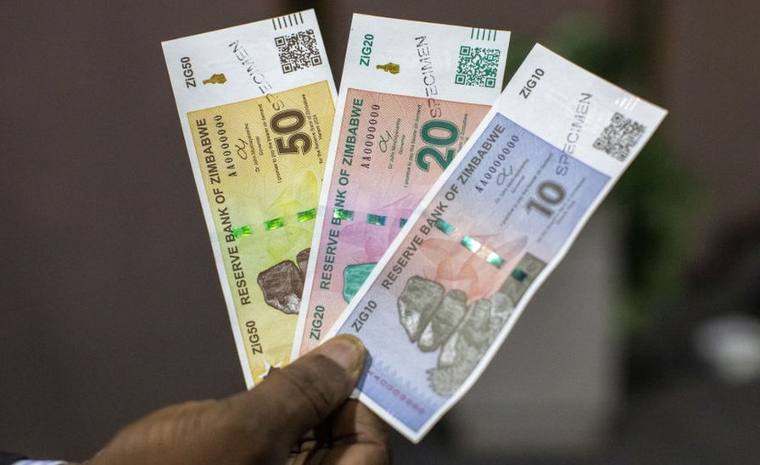 The International Monetary Fund has called on Zimbabwe to provide more clarity on its transitional plan to phase out the use of the mutl-currencies, dominated by the use of the United States, making the Zimbabwe Gold (ZiG) the sole currency by 2030.
The International Monetary Fund has called on Zimbabwe to provide more clarity on its transitional plan to phase out the use of the mutl-currencies, dominated by the use of the United States, making the Zimbabwe Gold (ZiG) the sole currency by 2030.
In its country report released last week, the IMF said Zimbabwe must clarify whether the use of the mono-currency will be limited to domestic transactions allowing bank deposits to remain denominated in both currencies.
It acknowledged that the ZiG had remained stable for more than a year now but the US dollar continued to dominate usage in the country.
“The monetary system remains highly dollarized. The US dollar remains the main medium
of exchange, store of value, and unit of account. The share of ZiG in monetary aggregates is small at around 17 percent, prices are rarely quoted in ZiG, and salaries and goods and services transactions are typically either fully or partially paid in US dollars,” it says.
Zimbabwe must therefore take measures to increase usage and acceptance of the ZiG.
One such measure, it says, is to remove the intermediated money transfer tax on electronic transfers as ZiG transactions are mostly electronic.
ZiG is almost impossible to get in most towns except Harare where it is widely used.
Towns like Bulawayo, Gwanda, Beitbridge and Masvingo prefer the South African rand.
Zimbabwe is expected to announce its transitional plan to phase out the United dollar when it unveils its National Development Strategy 2 next month.
The IMFsays Zimbabwe must focus on price stability to shore the ZiG and must allow a market-determined exchange rate.
“Establishing a market-determined exchange rate requires reducing the RBZ footprint in the FX market by gradually re-directing surrender requirements into the market through authorized dealers and eliminating market barriers from exchange restrictions,” the IMF says.
“This is essential to make the exchange rate an effective intermediate target. It will also help narrow the gap between the WBWS and parallel market rates, bolstering confidence in the ZiG and reducing economic distortions.”
(90 VIEWS)

